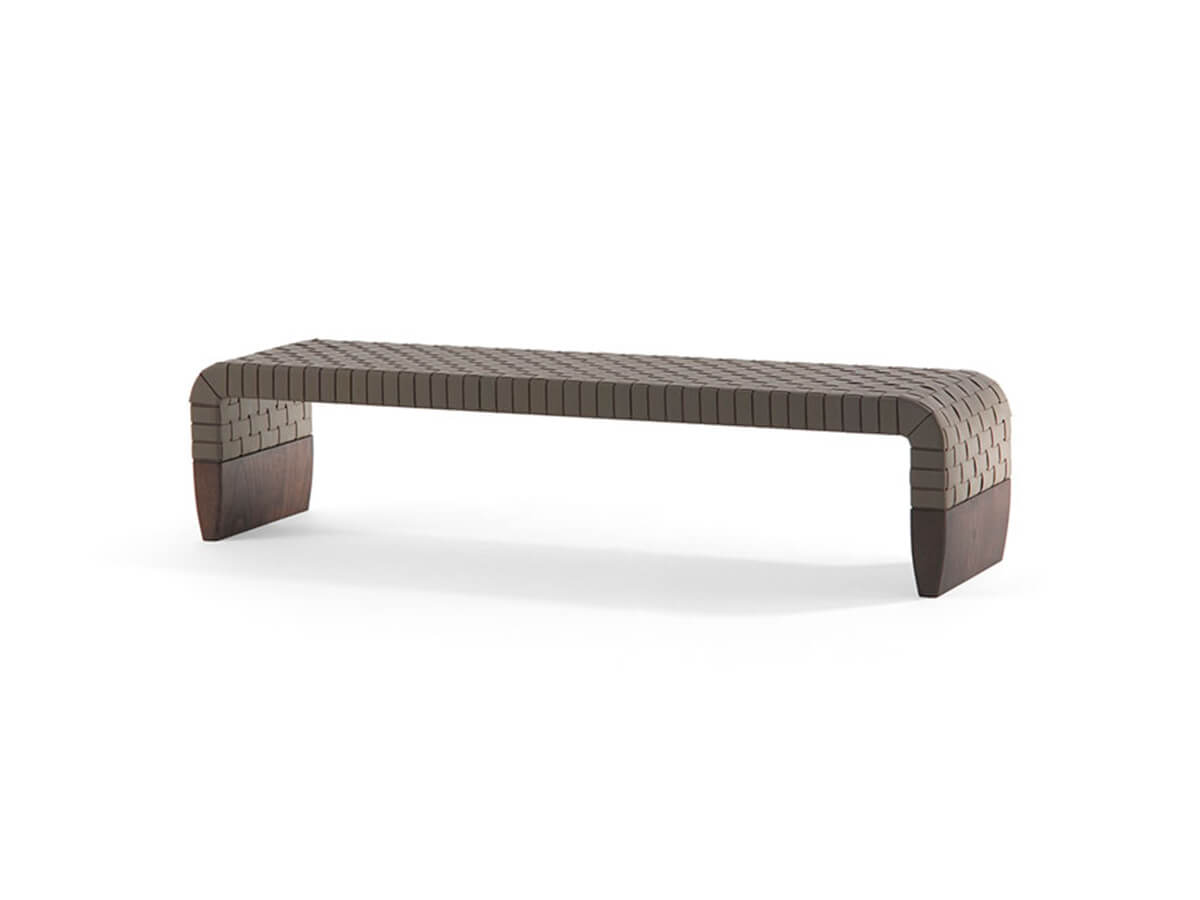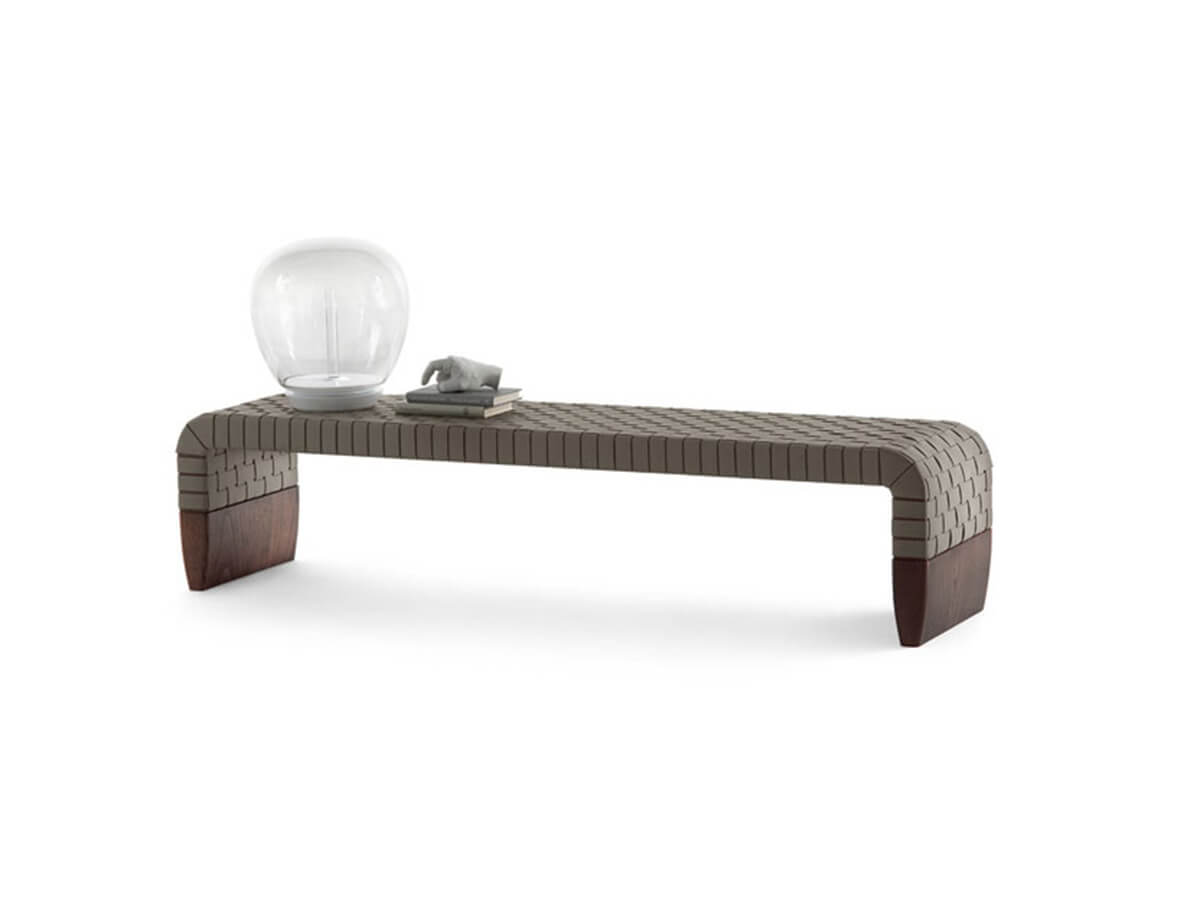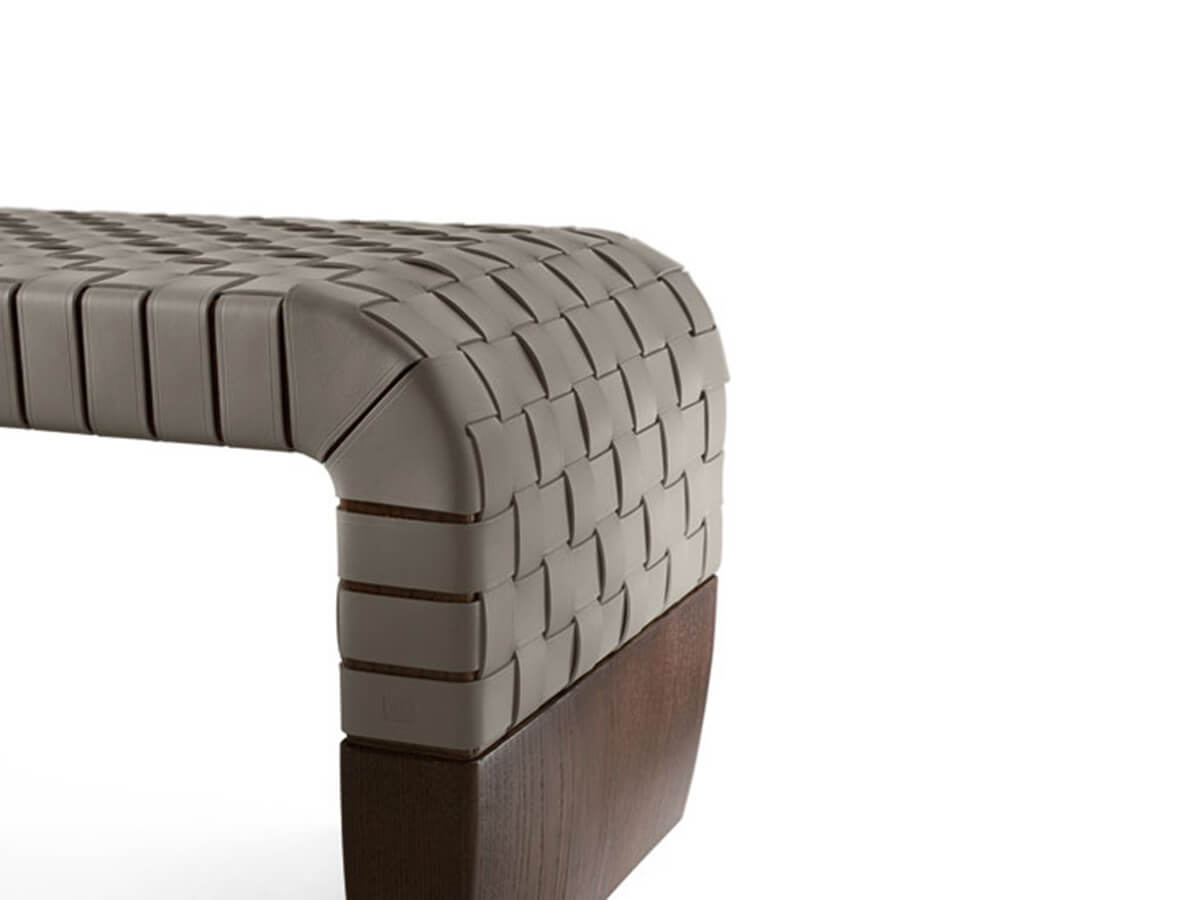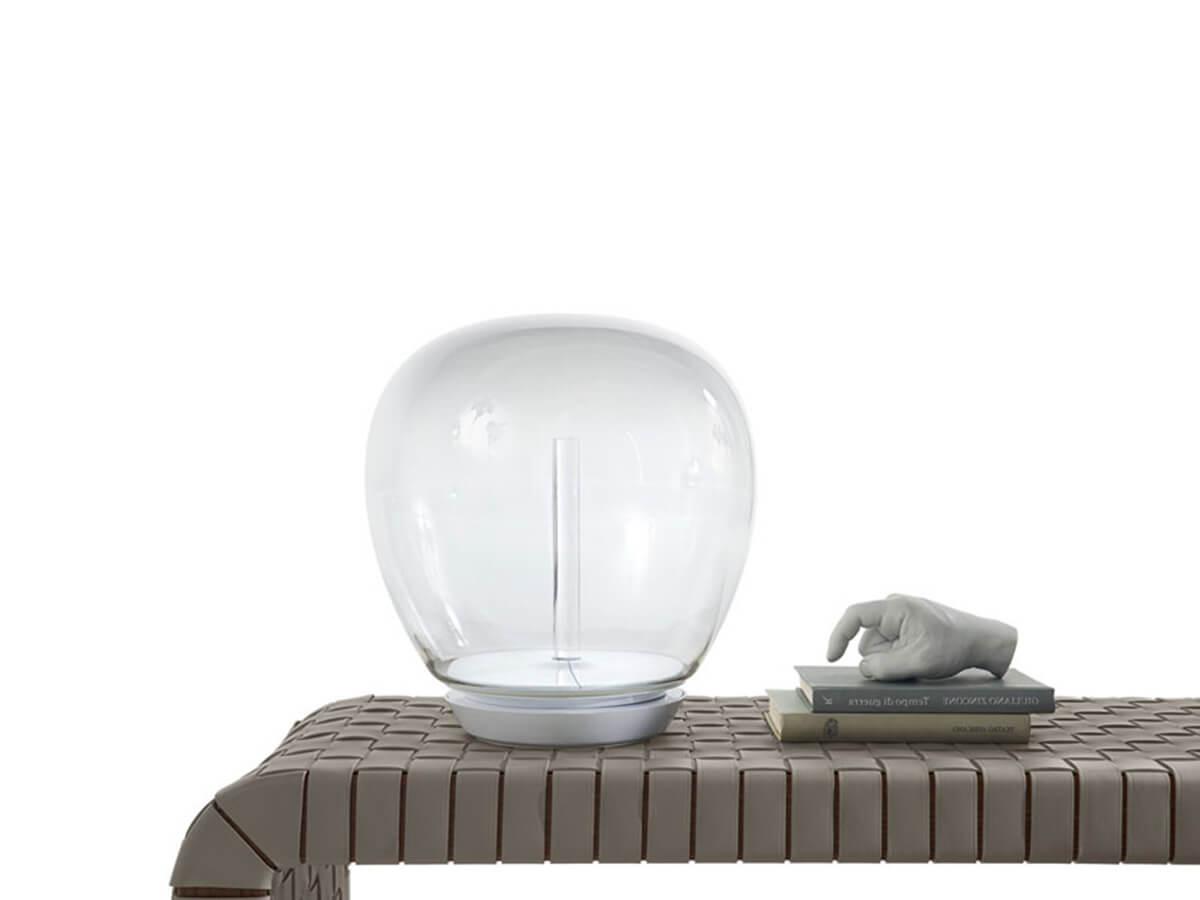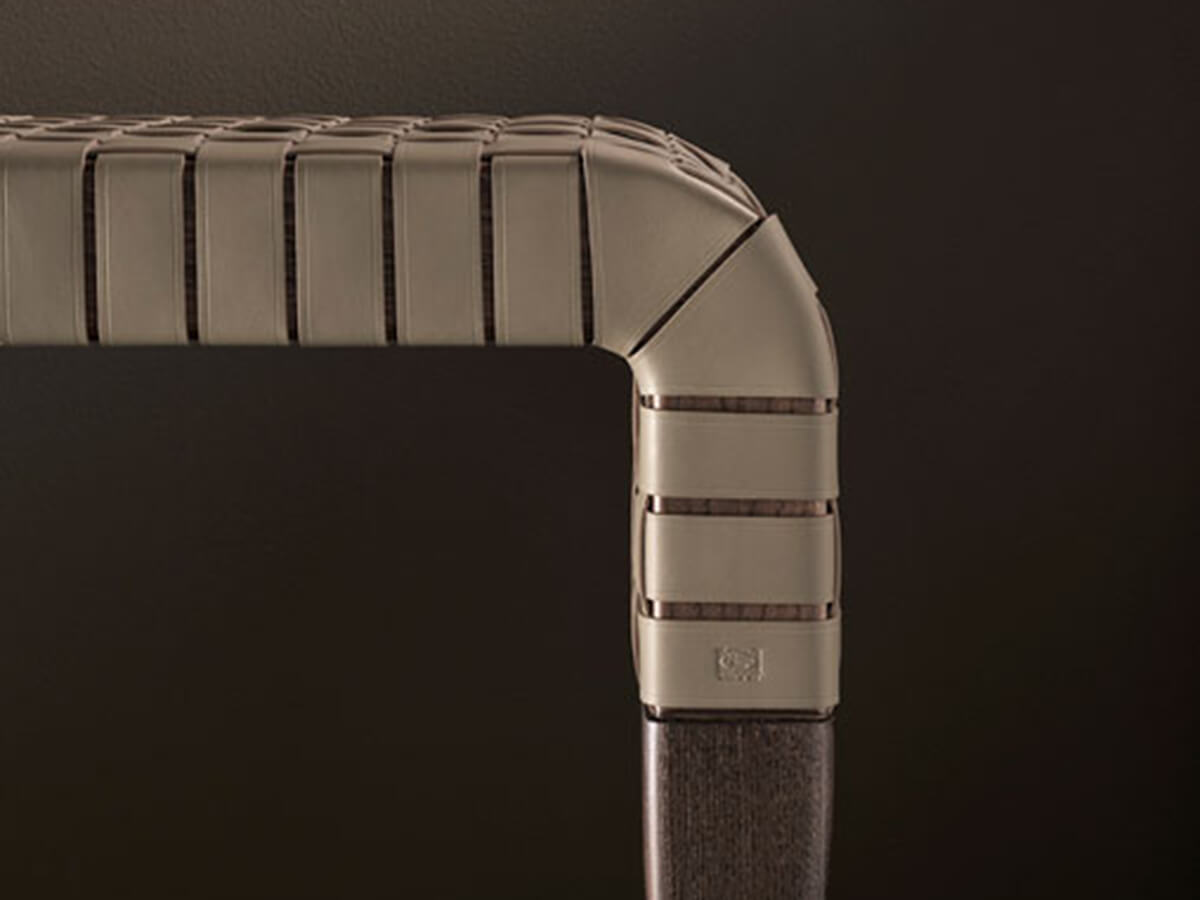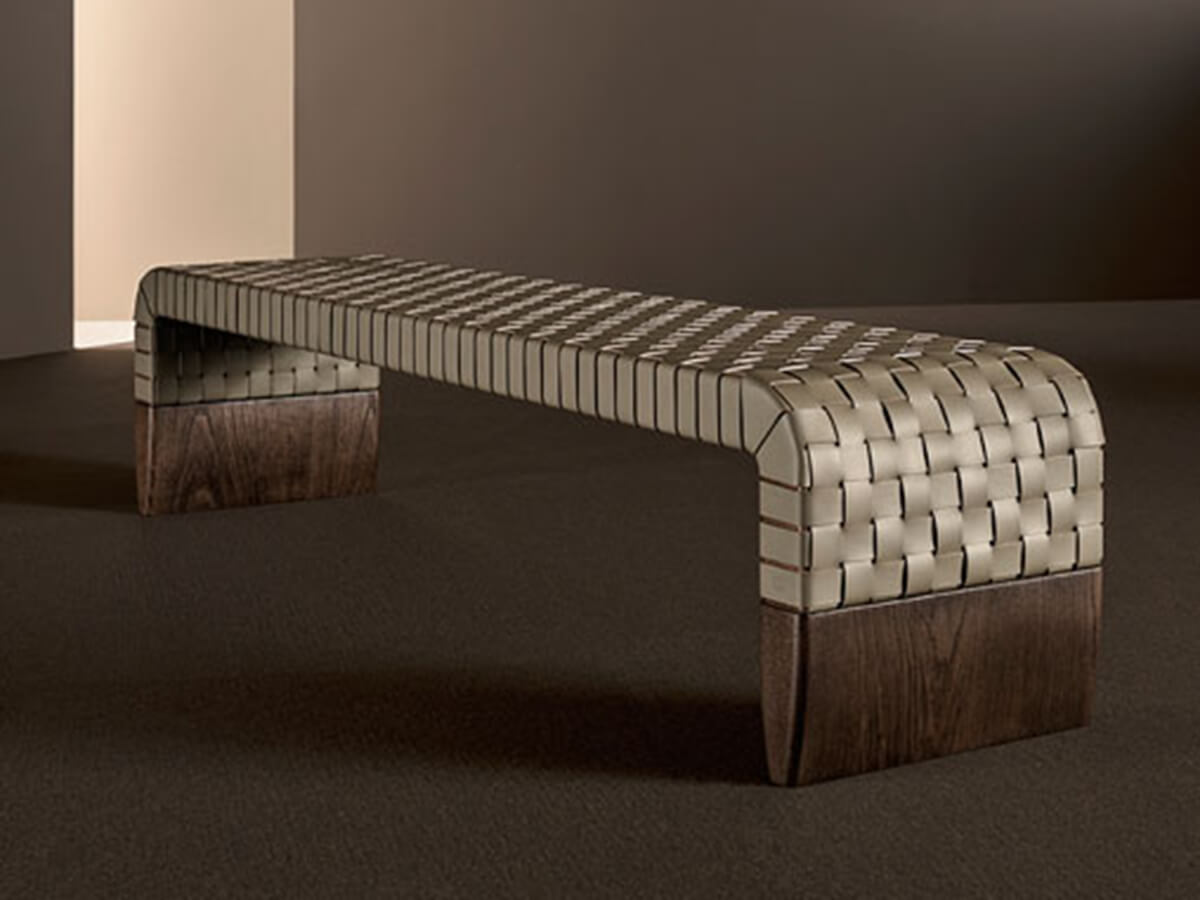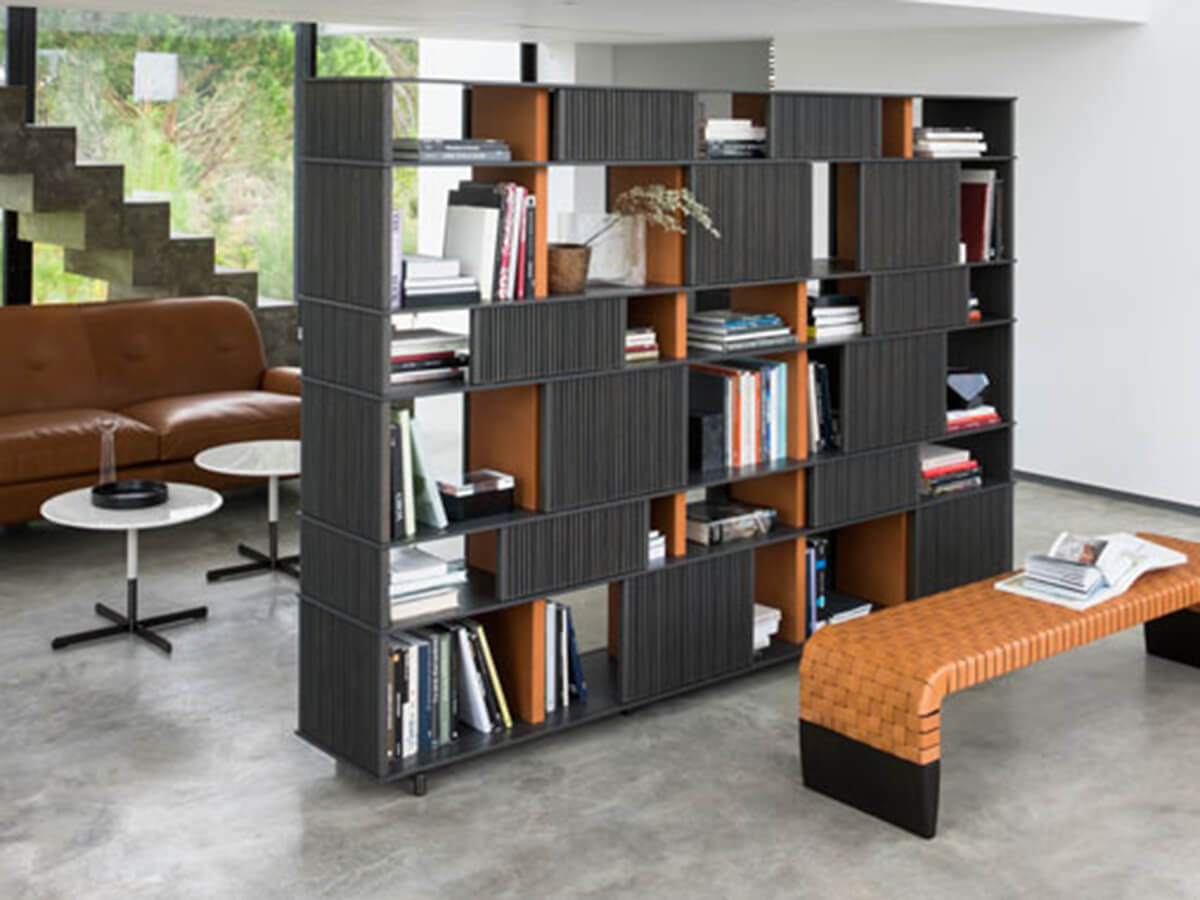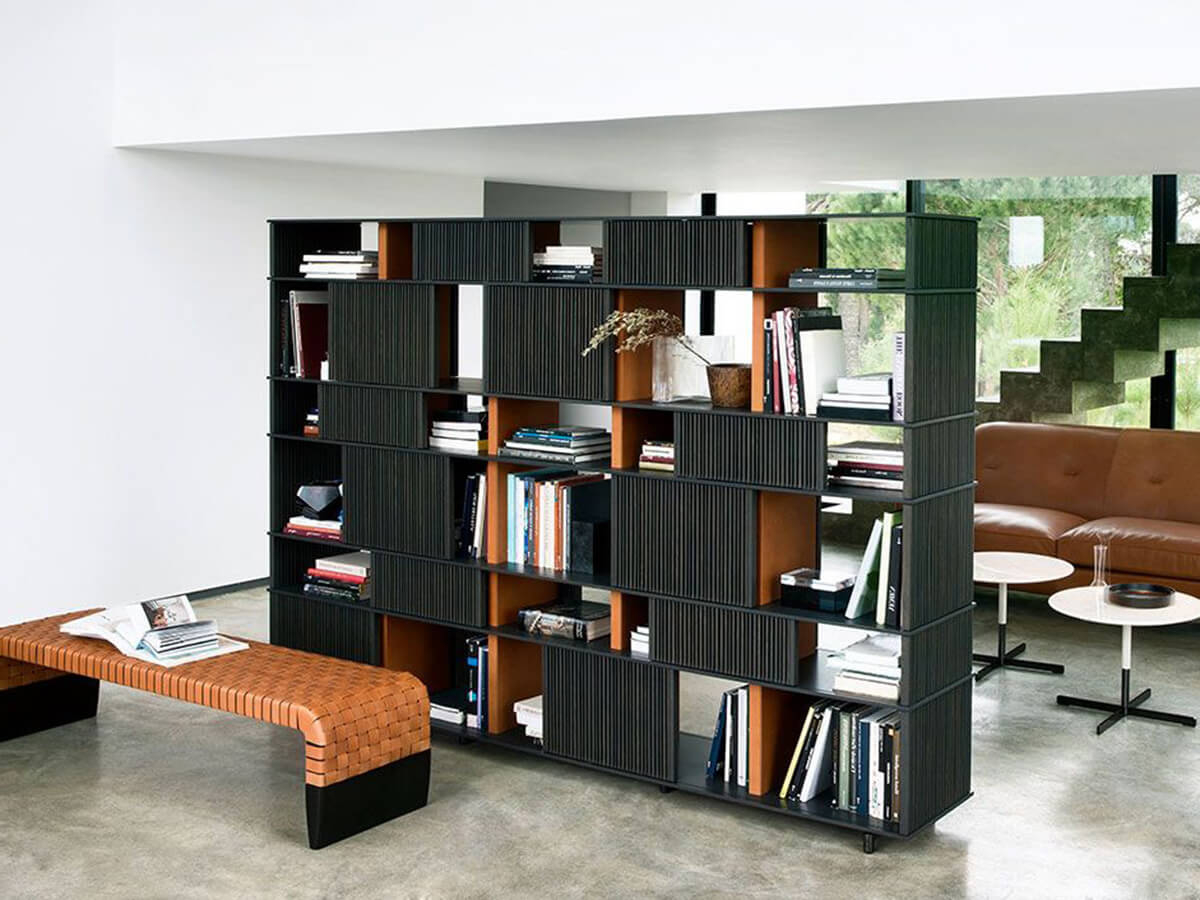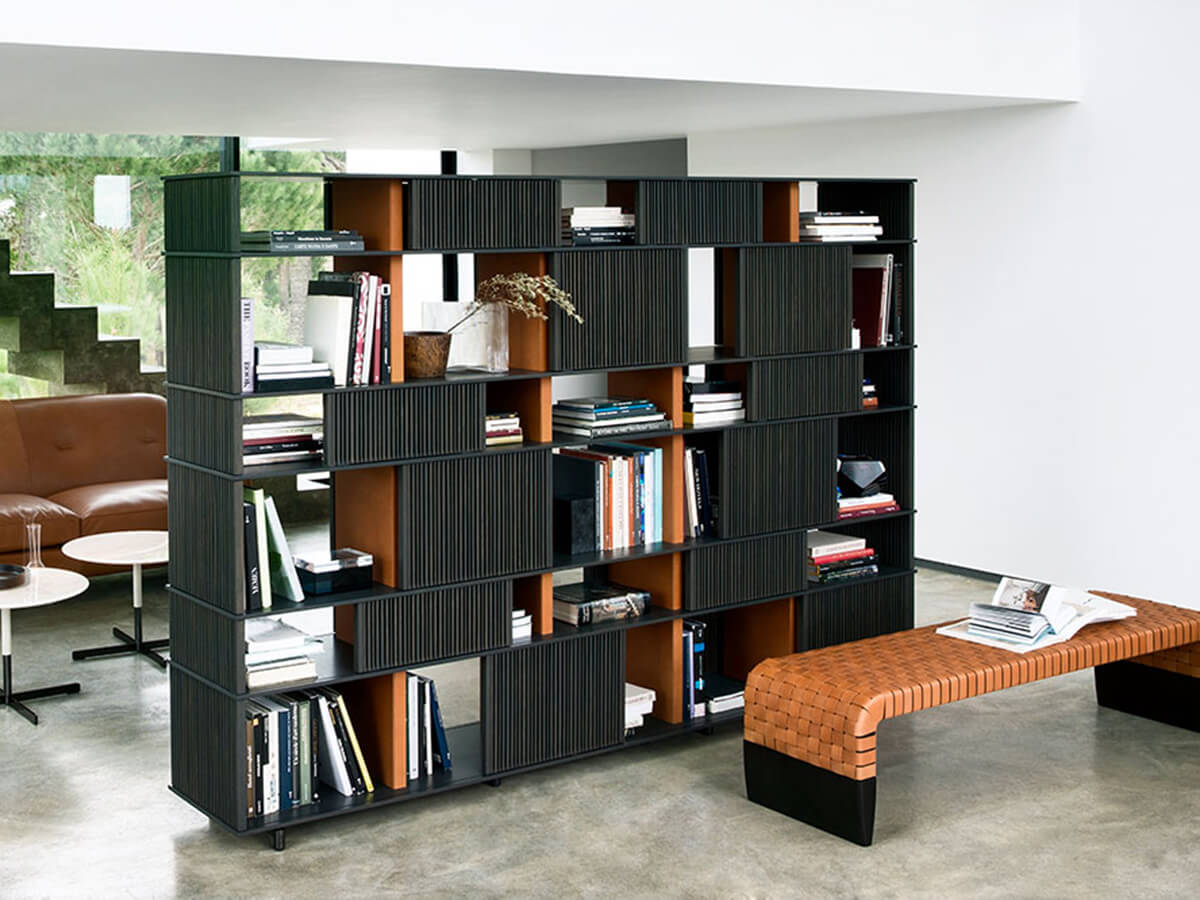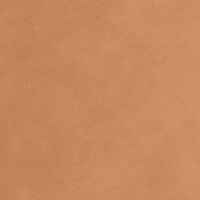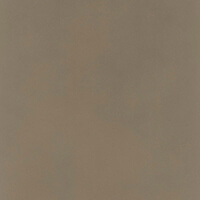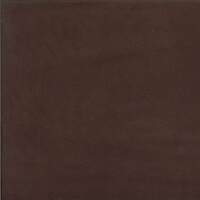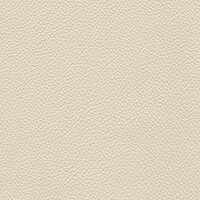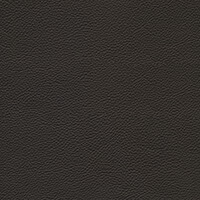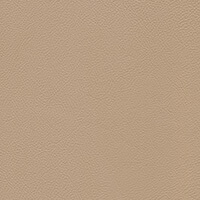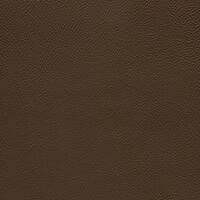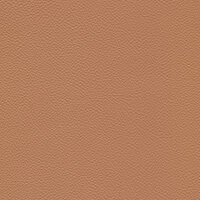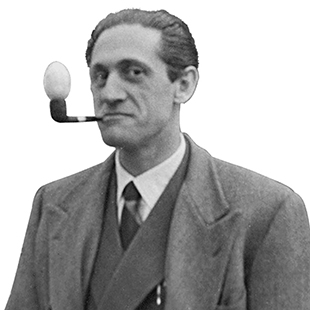Poltrona Frau
Brera Bench
Price starting from € 5.246,00*
*Price valid for the version with frame in ashwood – seat covered with belts in leather Sc (cod. 5593251 - 5PF0059307155).
Brera is born from the production of Guglielmo Ulrich, a revisitation of his many masterpieces that with Poltrona Frau has found new luster and expression. The design is fully consistent with the particularity of the leather weave that covers the seat, the wide 2mm thick straps are embellished with hand-made engravings along the entire length, creating a geometric and material motif at the same time. The structure and the two tapered and light supports are solid wood. The padding is in polyurethane foam covered with a sheet of foam coupled with velveteen. Ideal for different contexts, Brera lends itself to different uses according to taste or need.
W.180 x D.43 x H.42 cm
Salvioni Design Solutions delivers all around the world. The assembly service is also available by our teams of specialized workers.
Each product is tailor-made for the personal taste and indications of the customer in a customized finish and that is why the production time may vary according to the chosen product.
To discover the full range of services available, visit our delivery page.
Personalize your request
Upholstery
Select
The colors displayed, for technical reasons, are indicative and may differ from the actual finish. The price may vary in relation to the category / finish chosen. Contact us to receive a personalized quotation.
Saddle Extra
The colors displayed, for technical reasons, are indicative and may differ from the actual finish. The price may vary in relation to the category / finish chosen. Contact us to receive a personalized quotation.
SC | ColorSphere
Frame
Select
The colors displayed, for technical reasons, are indicative and may differ from the actual finish. The price may vary in relation to the category / finish chosen. Contact us to receive a personalized quotation. 48 Wengè Stained Ashwood
48 Wengè Stained Ashwood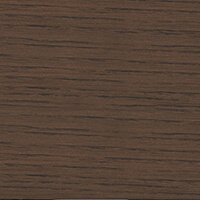 61 Moka Ashwood
61 Moka Ashwood
 48 Wengè Stained Ashwood
48 Wengè Stained Ashwood 61 Moka Ashwood
61 Moka Ashwood
Select
Poltrona Frau brings in any kind of environment, from home to office, its characteristic taste for leather-covered furnishings. The company grew out from the intuition of Renzo Frau who, moving in Torino, founded his workshop in the late 19th and 20th centuries. The Piedmont city was the ideal stage for the proposals of the young entrepreneur.
From the beginning, Poltrona Frau furnishings attract the attentions of the bourgeoisie and the Savoy Aristocracy, strongly fascinated by the international taste. The company’s collections embodied the timeless beauty of the Made in Italy design, despite a remarkable stylistic inflection in the Edoardian taste. In those years came to life iconic products such as the historic model 904, better known as Vanity Fair, the Chester armchair, which recalls the Chesterfield style, and the model 1919.Read more
Designed by
Guglielmo Ulrich
Guglielmo Ulrich (1904-1977) was an Italian designer and architect. Born in Milan to a noble family of Danish descent, Guglielmo studied architecture at the Milan Polytechnic where he was a student of Piero Portaluppi and established himself in the 1920s as one of the protagonists of a generation of architects with a refined style favored by the emerging upper middle class. Specializing above all in interior decoration, Ulrich worked for some of the great families of the time such as the Agnellis, the Mondadoris and the Gavazzis. The furnishings he conceived, always designed specifically for each of his projects, were produced by the company Ar.ca (founded by himself together with Guglielmo Scaglia in 1930) and were initially characterized by the severe lines taken from the Novecento architectural movement, which later softened over time and became more sinuous by the influence of the French Art Deco style. A reserved figure and not accustomed to public appearances, he was nevertheless active in the various Triennials of the time and occupied for a year (1942-43) the position of director of the influential magazine Domus, in collaboration with Massimo Bontempelli and Melchiorre Bega. After the war he took on the artistic direction of the Singleton store, one of the first Milanese showrooms dedicated to the sale of modern-style furniture, and tried to bring his taste, based on artisan tradition, closer to the needs of emerging industrial mass production. In the 1950s he dealt in particular with the furnishing of ocean liners, while continuing a fruitful career as an architect for private villas and hotels, which he would continue until his death. Among his most famous creations are Palazzo Argentina in Milan (1947-49), in collaboration with Piero Bottoni, and various SIAE offices throughout Italy. His furnishings, rediscovered starting in the 1970s by the antiques market, now appear in the catalogues of brands such as Poltrona Frau and Ceccotti Collezioni.|Read more
